
Parasites in ponds and rivers cause female genital schistosomiasis – easily treated but rarely diagnosed. A health campaign in Kenya aims to change this.
After a year of debilitating pain, Penina Kitsao discovered what was really wrong with her after a routine screening for something else.The farmer from Kilifi in eastern Kenya had contracted female genital schistosomiasis (FGS) from the small parasitic worms in the pond her family uses for all their water.
“I couldn’t do anything for weeks,” says Kitsao, a 33-year-old mother of four. “Doctors kept giving me the same pills every time I went to the hospital. They would suppress the symptoms for a few days, and then they would return even worse.”
FGS affects an estimated 56 million women and girls, mostly in sub-Saharan Africa, but remains a largely unknown, neglected condition. Easily treated if diagnosed quickly, if left untreated it can lead to reproductive organ damage, infertility, and it now being associated with an increased susceptibility to HIV.
The waterborne parasite infects women and girls who, like Kitsao, live in rural areas and rely on the open water of rivers and ponds for cooking, cleaning, bathing and washing clothes. Kitsao
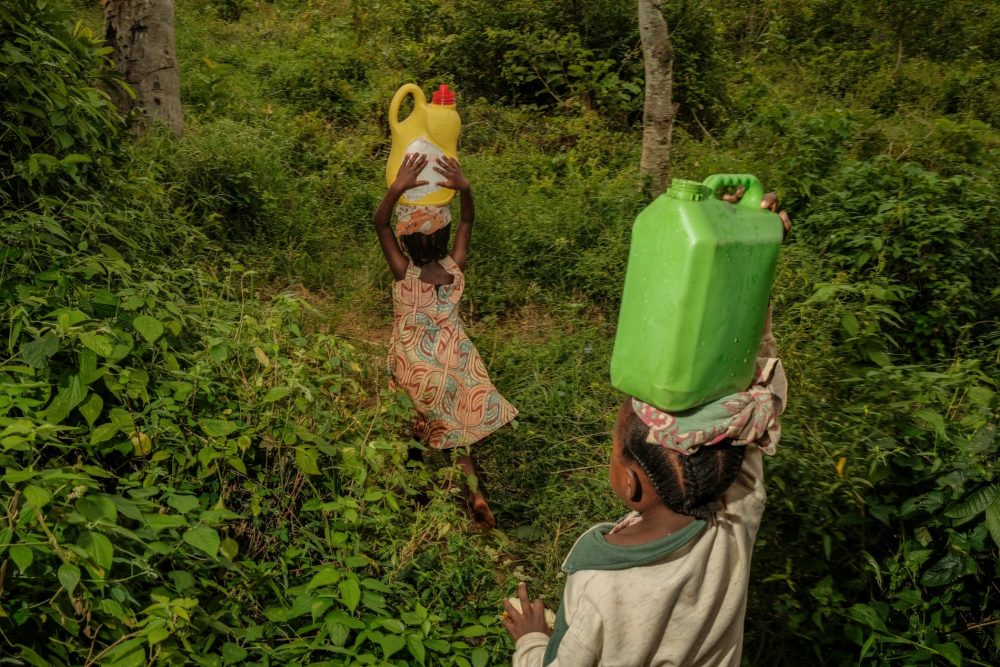
The parasites are difficult to see, clear and reaching between 1cm and 2cm in length. They burrow through skin and travel through the bloodstream, laying eggs. Symptoms, including fever, pelvic pain, bloody discharge and itching, burning genitals, can be similar to those for sexually transmitted infections, leading to misdiagnosis.
There are no accurate figures on the numbers of women with FGS as there is no standardised testing. According to research published in March, only 15,000 girls and women in endemic areas have been screened.
But there is now a new effort to raise awareness. The FGS Integration Group(Fig), a global coalition set up in 2022, is campaigning for governments and donors to incorporate FGS treatment into their sexual and reproductive health programmes.
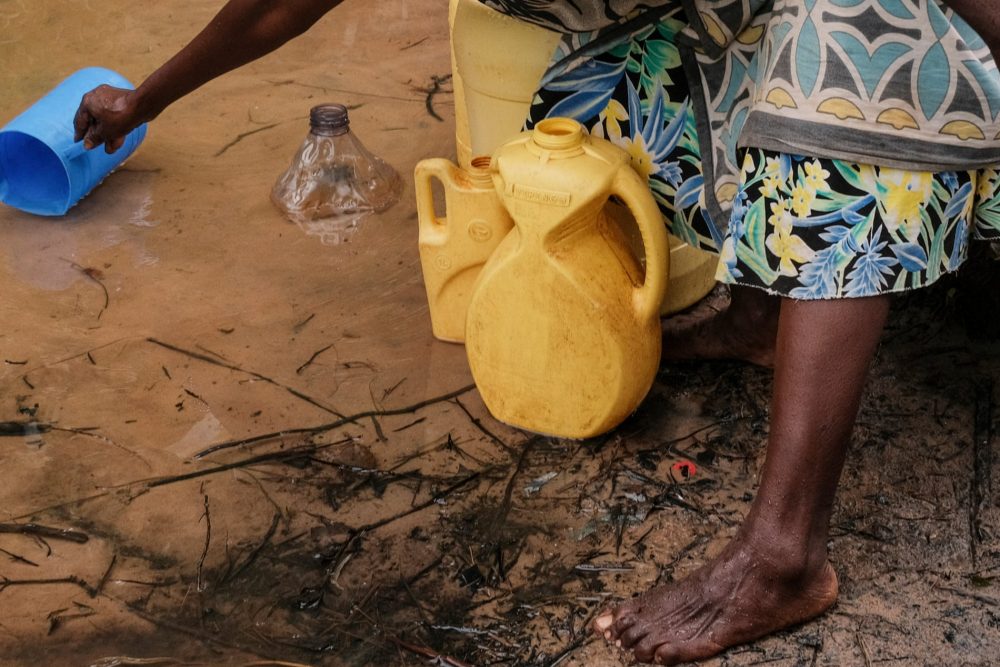
Group members were at the international Aids conference in Munich, Germany, in July to push for the UNAids target – 90% of girls and women to be screened for FGS in endemic areas by 2025. Women with FGS are three times more likely to contract HIV.
“We are in danger of regressing on HIV prevention goals,” says Yael Velleman, co-chair of Fig and director of policy and innovation at the charity Unlimit Health. If we have this disease that is increasing threefold the risk of infection, it’s going to take a lot longer, and cost at lot more to end the pandemic.”
Kitsao had gone for a regular medical checkup, when she was diagnosed by a doctor trained by the Kenyan nonprofit LVCT Health, which started running FGS awareness campaigns this year.

Data on the prevalence of the disease in Kenya is limited, but LVCT says of the 2,714 women who underwent its cervical cancer screenings in western and coastal regions since April, 11% had FGS. In a randomised study conducted in June in Junju, a small coastal villagein Kilifi county, 11 out of 19 women tested positive.
“That shows that the problem is huge, that many women are suffering in silence because they are not informed about it,” says Kiti Mwangome, a reproductive health researcher with LVCT Health.
Gynaecologist Victoria Gamba leads FGS training in Kenya and taught the team at Kilifi county hospital to spot the condition. “The medical profession has contributed to the neglect of this disease, and I want to help undo that,” she says. “Health practitioners need access to the right information and diagnostics to end the neglect.”
Naima Omondi, a family planning practitioner at the hospital, now checks all women for FGS when she fits them with an IUD, or screens them for cervical cancer. “When I used to do cervical screening and see the yellow patches [linked with FGS], I thought it was cervicitis. I’d see the same patients come back over and over again for treatment, and we would pump them with antibiotics. After a while, they would lose faith in the facility,” she says.

FGS can be treated with praziquantel, a drug that kills parasitic worms and is routinely given to schoolchildren in endemic areas. However, the drug is less effective the longer the disease goes undetected. Low demand for praziquantel suggests low diagnosis of FGS, say medics. Margaret Maina, a pharmacist at the county hospital, says a tin of 1,000 tablets there can last up to a year. “If we see a surge in demand for it, that’s how we will know if the [training] programme worked.”
Kitsao is now cautious when she fetches water, a task that starts at 6am and continues throughout the day. “I always have a lot to do, so when I was down for so long, it really took a toll on me and my family.
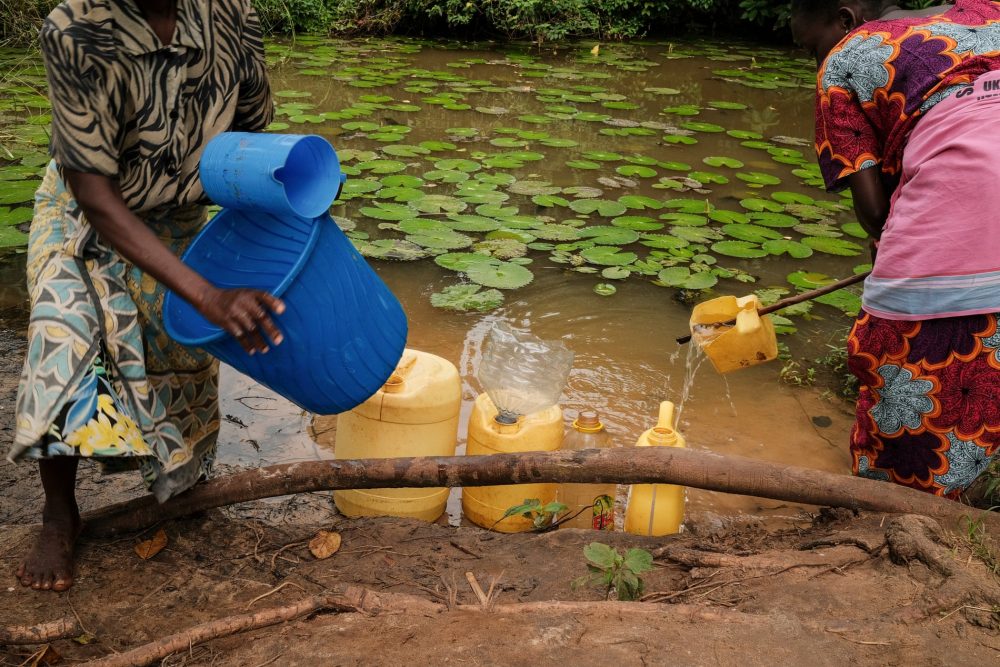
“I kept wondering who would look after my children if it got worse,” she says, picking up two jerry cans and making her way down to the pond with her two daughters and cousin. They clean their feet in a puddle of water before reaching the pond of stagnant water covered in green leaves and algae.
“We use this water for everything. There’s not much option, so we try to fetch from the cleaner edges,” says Kitsao, using a stick and makeshift funnel to avoid stepping into the water.
“I used to go into the pond to do it faster but now I try to collect from here to reduce the risk [of FGS].”
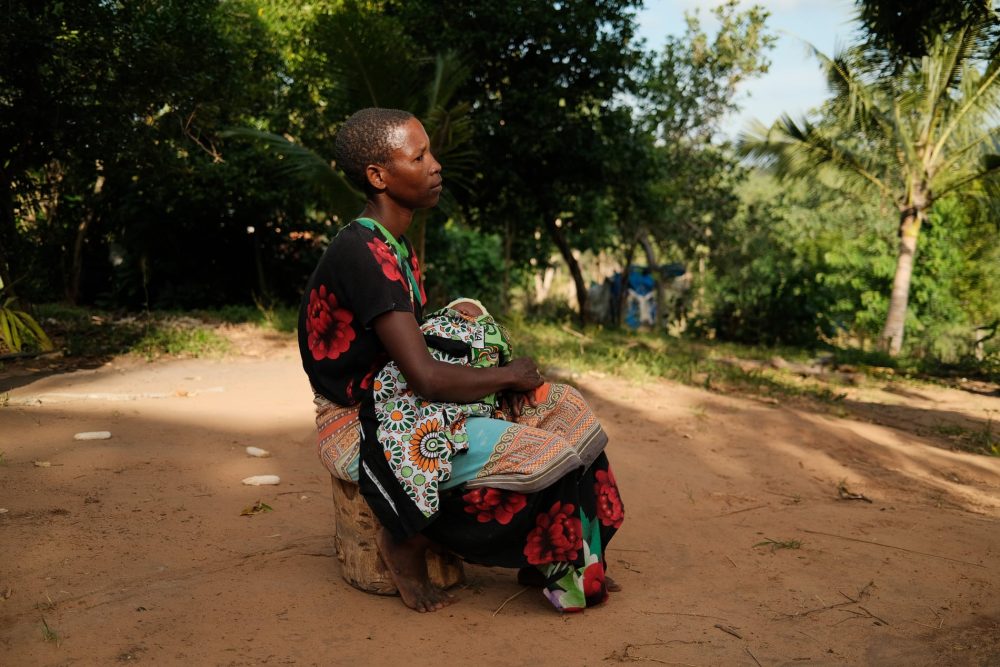
Advocacy groups say that, to tackle FGS in the long run, governments need to focus on prevention rather than treatment, providing communities with access to safe water and proper sanitation. The parasites can be killed if water is left to sit for 24 hours before use, many households don’t have space to store it.
Zenabu Baya, a 44-year-old farmer, has to walk “30 minutes each way” to the murky lake that is her family’s water source. Sitting in the shade outside her home with her newborn grandson, freshly washed clothes drying in the sun, she says the household’s water demands have increased.
“It’s no longer easy to walk that far at my age,” says Baya. “Vendors sell clean borehole water but it goes for 10 [Kenyan] shillings [about £0.06] for 20 litres. For a house of seven, we would need at least a few jerrycans, so that would become unaffordable.” The family earns about 300 shillings (£1.75) a day.
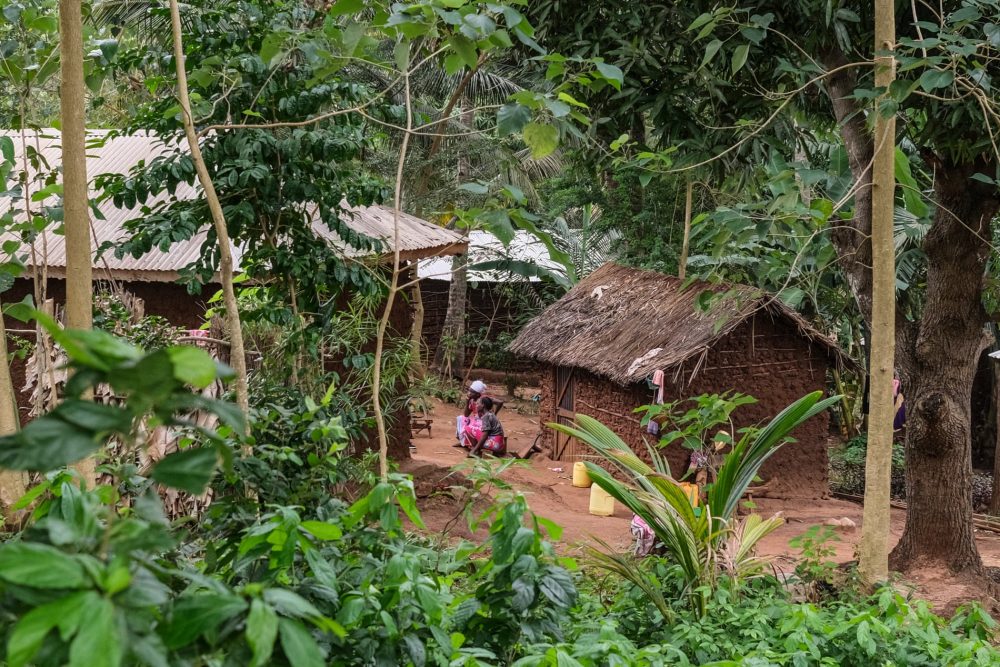
Baya contracted FGS late last year, and says the abdominal pain was “unbearable”.
“It was so bad that my neighbours would knock on my door and I couldn’t even leave the house,” she says. She speaks openly about the condition with neighbours and friends, encouraging anyone showing symptoms to seek treatment.
“If that was my experience, after suffering for less than a month, I wonder how others are coping with it for a long time,” she says. She is concerned about contracting the disease again, but “for now, if I can’t afford paid water, what do I do?
“What we can do is make sure people know that it can be treated.”
Story by Caroline Kimeu is the Guardian’s east Africa global development correspondent based in Nairobi

